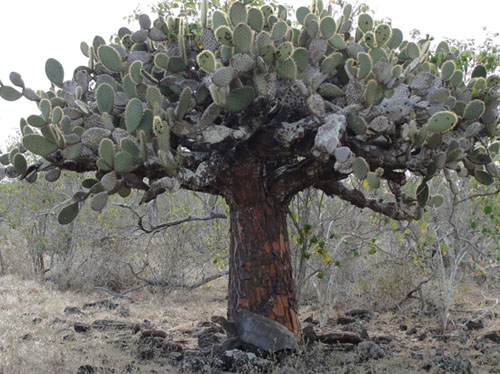
Driven almost to extinction, giant tortoises of the Galapagos are back in full force. On average these island dwellers live more than 100 years, but were nearly wiped out by hunting, habitat destruction and introduced animal predators that fed on tortoises' eggs and young. Now, some 50 years of work—including captive breeding and protection in the wild—mean the Galapagos tortoises will survive as one of only two remaining groups of giant tortoises on Earth.
Giant tortoises are the largest tortoises in the world, and sleep nearly 16 hours a day. They have adapted to survive for as long as a year without food and water. When they're ready to eat, they can extend their very long necks to reach and munch on leaves of cactus plants. After feeding, the tortoises spread cactus seeds in their droppings, which promotes new cactus growth and helps maintain their ecosystem.
At Howtosmile.org, learners can have fun playing games, illustrating stories, and more to learn about endangered species. In the Endangered! activity, learners move along a game board, answering questions to explore concepts including habitat destruction, introduced species, threatened and endangered species, extinction, and recovery plans.
In For the Birds: Environmental Effects on Population, learners investigate how shorebirds and seabirds are vulnerable, like tortoises and other species, to changes in their environment, whether human-induced or otherwise.
In North American Endangered Amphibians Card Game, learners identify both a real, mystery amphibian and a rule about amphibians. In The Legend of the Flying Frog, learners read or listen to, and then illustrate, a story about a made-up endangered species to learn more about why species go extinct.
An excellent literary connection about giant tortoises is Ruth Heller's book Galapagos Means Tortoises.
(PLOS photo of tortoise under cactus)
